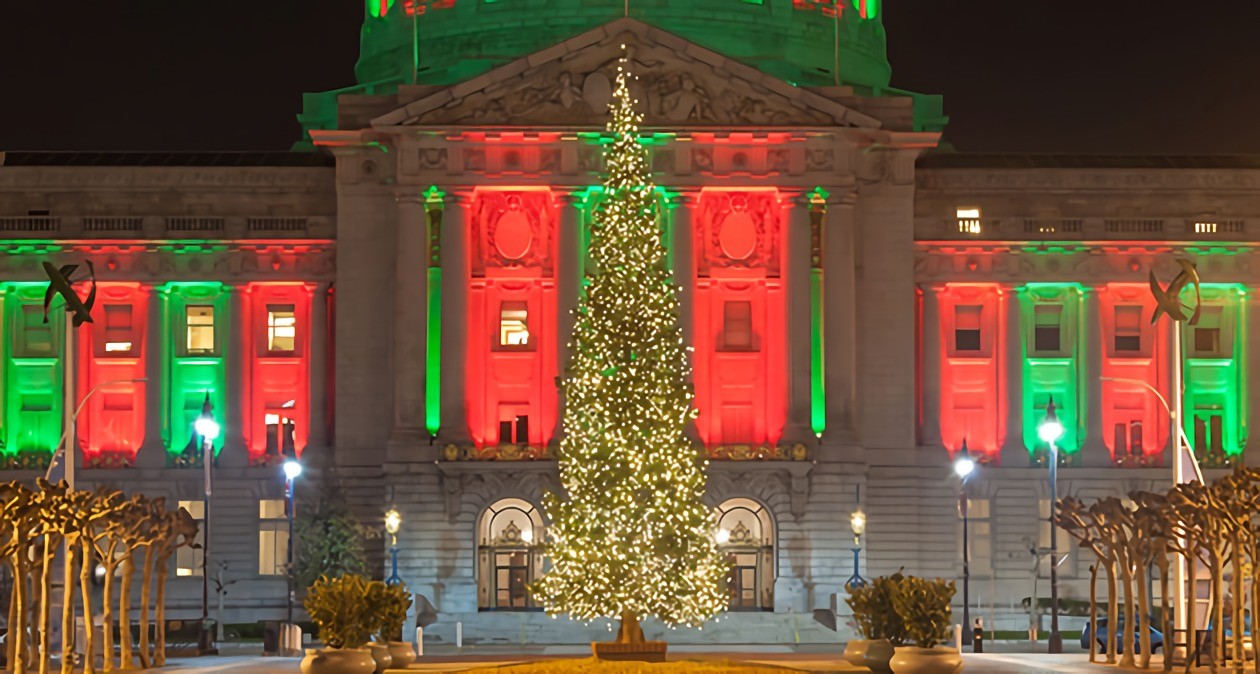
The holiday season grows brighter and brighter each year as excited homeowners try their best to outdo one another in the lighting department. Huge lighting displays are common in many neighborhoods, and while these are often gorgeous, they present a number of hazards for electricians. Common holiday season lighting hazards may no longer involve open flames and evergreen trees, but lighting remains surprisingly dangerous for homeowners and electricians alike. Detailed below are the standards and regulations electricians should keep in mind as the holiday season approaches.
Abiding By the National Electrical Code
The National Electrical Code (NEC) is not federal law, and thus, its application is very uneven across states and municipalities. However, it is advisable for those in the midst of electrician education and training to become familiar with NEC code, as it contains a number of best practices that are especially applicable to the holiday season.
The most important NEC considerations regarding holiday lighting are Articles 410 and 590, which state that public displays—such as in malls or on streets—involving “decorative lighting and similar accessories used for holiday lighting” must be listed—and that they must be limited to ninety days. The NEC also highlights the importance of providing support in intervals for flexible cords and cables.
Additionally, the NEC mandates that vegetation is not to be used as a sole form of support for branch circuit lighting displays, although an exception listed in Article 590.4 allows for their support in trees as long as the necessary strain relief devices are utilized. Flexible cords—such as strings of lights—may be used, but only if supported at intervals with cable ties or staples.
Temporary Does Not Mean Neglectful
Although leaving lighting displays in place in commercial and industrial sites for over ninety days breaks the NEC, those who abide by this time limit are often no safer, as the “lighting” classification tends to foster an attitude of complacency. Instead of merely thinking of holiday lighting displays as temporary, it is better to regard them as temporarily more dangerous than ordinary lighting. Only then are businesses and homeowners apt to abide by the appropriate safety standards.
Get Started on the Path to a New Career
Fill out our form to learn how we can help you change your life.
Michael Johnston of Electrical Contractor highlights the unfortunate tendency of electricians to think of temporary displays as less dangerous, and thus, less worthy of implementing safety measures. He believes that rather than serving as an afterthought, planning for temporary electrical wiring should be a priority. Ideally, the methods used for temporary holiday displays will be equivalent to those associated with permanent wiring. This means replacing damaged circuits, maintaining circuit directories, and most importantly, disconnecting holiday displays from electrical power while working.
Removal of Lighting Displays
After the fun of the holiday season is over, electricians must remove lighting displays—ideally within ninety days of their installation. All professionals learn in trade school that removal can be every bit as hazardous as installation, but many, in their hurry to take down lighting displays, forget to act accordingly. Although the NEC does not provide stipulations for removal beyond the timeline offered in Article 590, electricians are advised to abide by the same safety standards they used when initially installing the lighting.
The holiday season is an exciting yet potentially dangerous time for electricians. The temporary nature of holiday lighting may seem like cause to relax standards, but if anything, safety precautions should be taken even more seriously during this time of the year. By reviewing NEC1 stipulations involving temporary lighting displays, electricians can keep themselves—and the businesses and homeowners with whom they contract—safe well into the New Year.
Additional Sources
[1] http://freenec.com/T478.html
This blog has been labeled as archived as it may no longer contain the most up-to-date data. For a list of all current blog posts, please visit our blog homepage at https://www.rsi.edu/blog/

